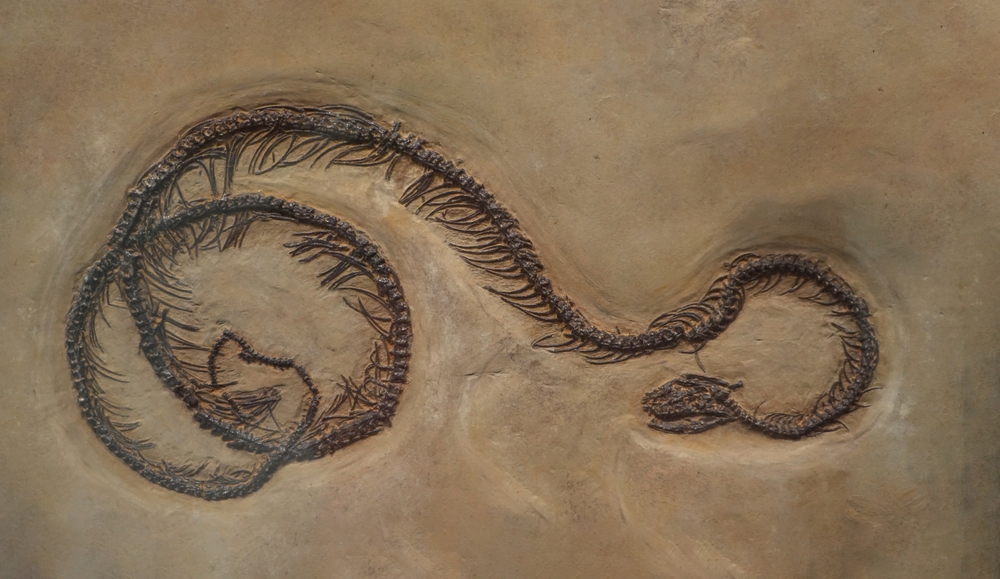The fossilized snakes are believed to be ancient relatives of modern boa constrictors and pythons.
Others are reading now
A remarkable fossil discovery in Wyoming has shed light on the ancient history of snakes.
Ancient Relatives of Modern Boa
According to Tech researchers from the University of Alberta unearthed a 38-million-year-old fossil featuring four intertwined snakes. The fossil, found in rocks dating back to the Oligocene epoch of the Cenozoic era, is exceptionally well-preserved, offering a rare glimpse into prehistoric wildlife.
The fossilized snakes, identified as belonging to the species Hibernophis breithaupti, are believed to be ancient relatives of modern boa constrictors and pythons.
The most striking aspect of the find is the unique arrangement of the snakes, coiled together in a manner suggesting they were hibernating. This discovery marks the first instance of snakes found fossilized in such a formation, providing valuable insights into the behavior and biology of ancient reptiles.
Also read
Perished During Hibernation
According to the researchers, the snakes likely perished during hibernation, possibly due to a sudden environmental catastrophe. One theory suggests that a volcanic eruption might have caused a massive ashfall or landslide, abruptly burying the snakes and preserving them in their hibernating state. This scenario explains the extraordinary preservation of the fossil, allowing scientists to study the snakes’ anatomy and behavior in detail.
The discovery also highlights an intriguing aspect of these ancient snakes: their communal hibernation behavior. This is unusual in the animal kingdom and suggests that Hibernophis breithaupti may have had unique social behaviors not commonly observed in their modern descendants. Additionally, these ancient snakes were notably smaller than today’s boas and pythons.


